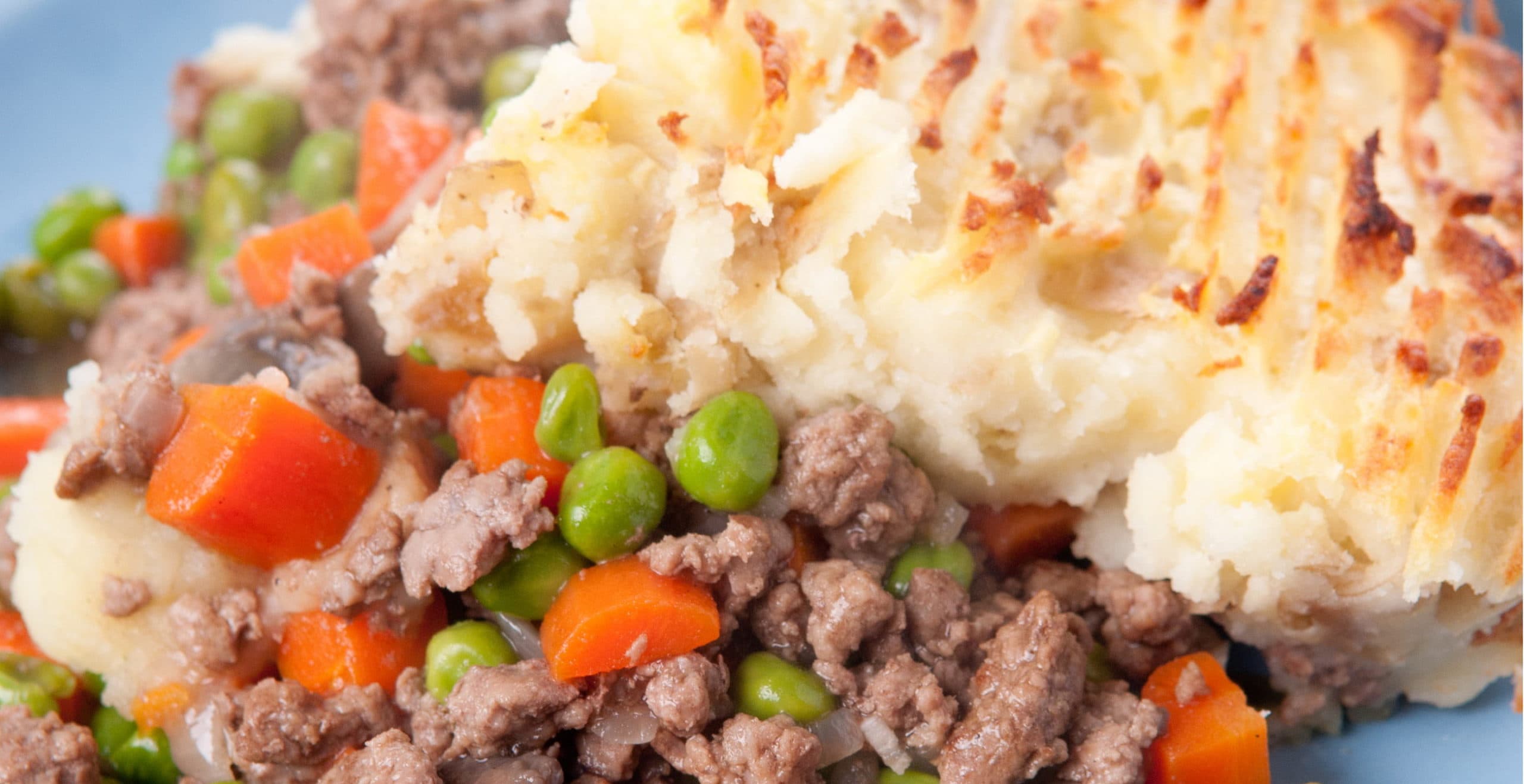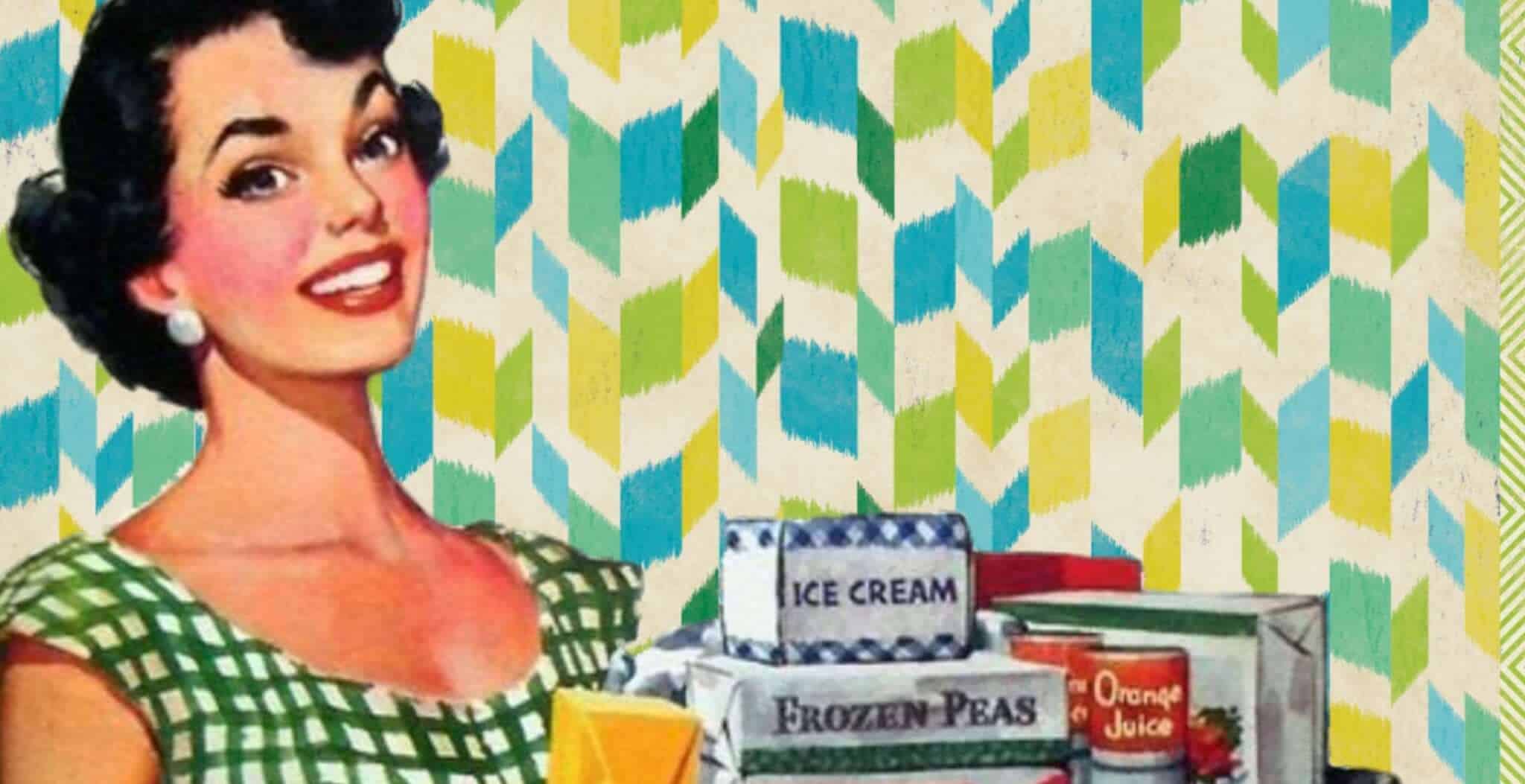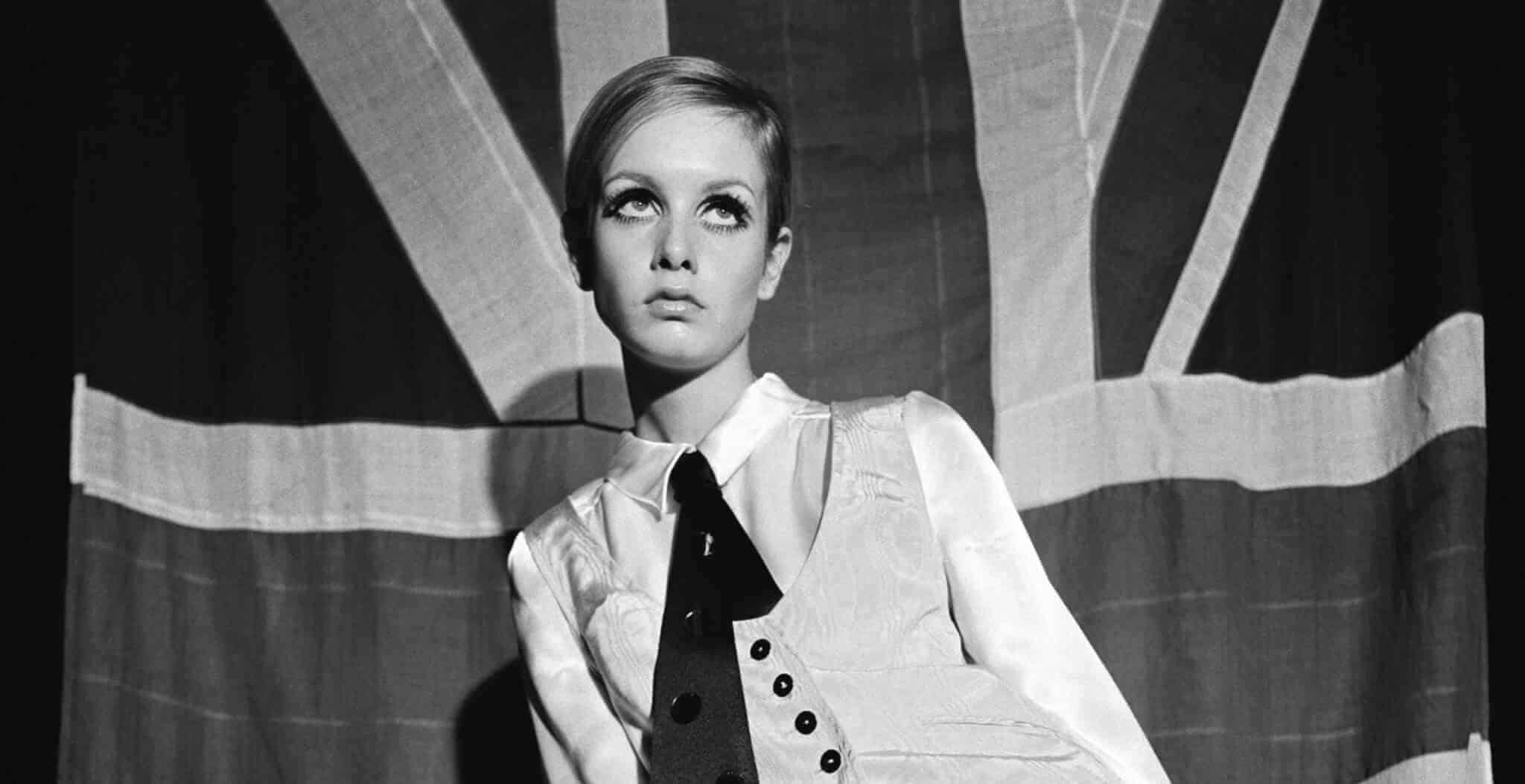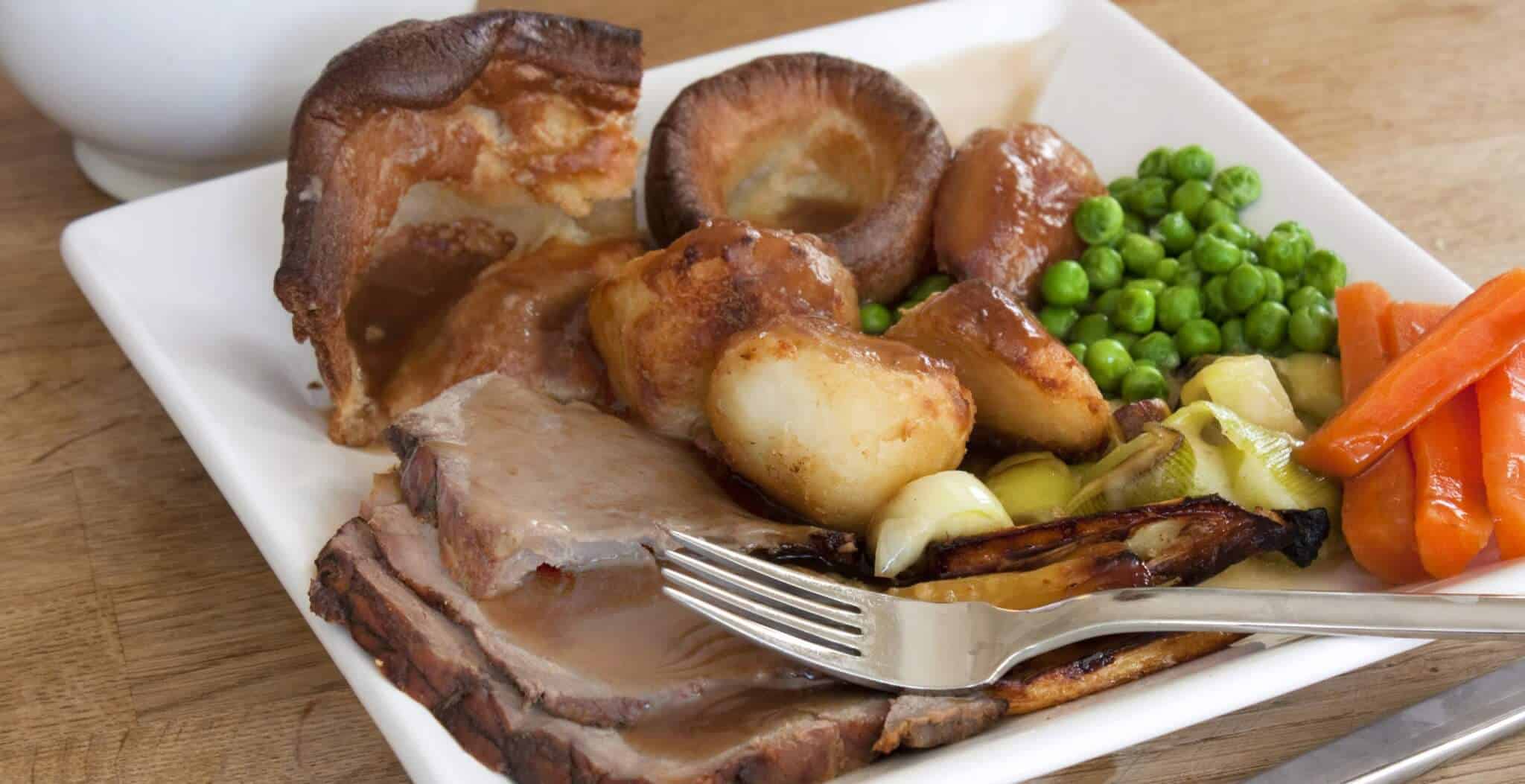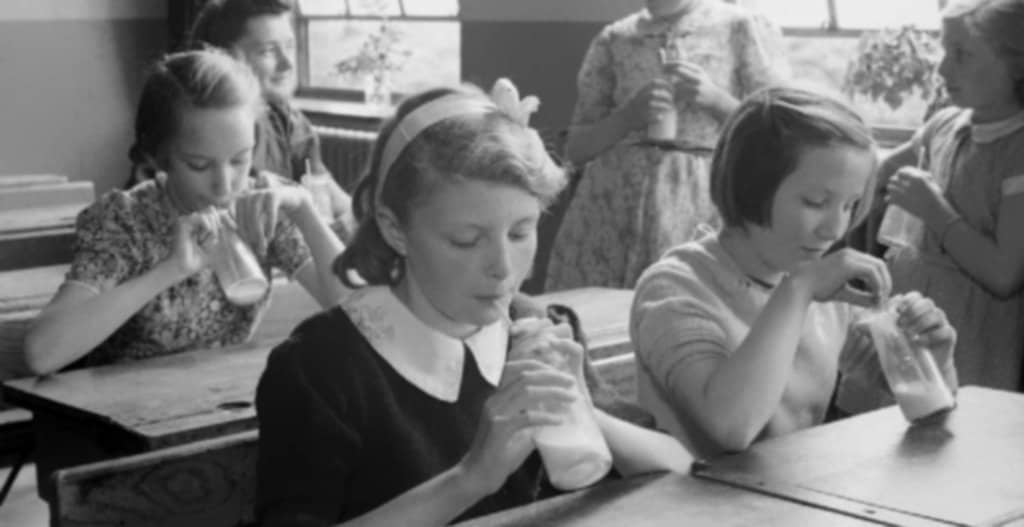Ask any American who grew up in the 1950s and 60s who the best cook he or she knows is, and they will almost certainly reply, “My mom”. Ask any English person of a similar age and they will almost certainly name anyone BUT their mother.
You could be kind and blame this lack of British culinary skill on rationing, since rationing continued even after the end of World War II. Indeed, when the Queen came to the throne in 1952, sugar, butter, cheese, margarine, cooking fat, bacon, meat and tea were all still rationed. Rationing did not actually finish until 1954, with sugar rationing ending in 1953 and meat rationing in 1954.
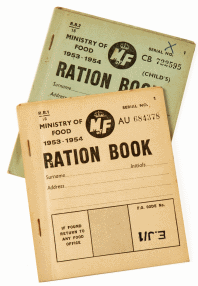
Rationing and the meagre choice of ingredients and flavourings, whilst concentrating the cook’s mind on creating filling and satisfying meals, would preclude even the best of cooks from creating cordon bleu dishes. Food was seasonal (no tomatoes in winter for example); there were no supermarkets, no frozen food or freezers to store it in and the only takeaway was from the fish and chip shop.
The 1950s were the age of spam fritters (now making a comeback!), salmon sandwiches, tinned fruit with evaporated milk, fish on Fridays and ham salad for high tea every Sunday. The only way to add flavour to this bland plain cooking was with tomato ketchup or brown sauce.
There were no salad dressings as we know them today. Olive oil was only sold in very small bottles from the chemist, to be warmed and placed in the ear to loosen ear wax! Salad in the summer consisted of round lettuce, cucumber and tomatoes, and the only dressing available was Heinz Salad Cream. In the winter, salad was often thinly sliced white cabbage, onions and carrots, again served with Salad Cream. Heinz also did a range of tinned salads: Potato Salad, Vegetable Salad and Coleslaw.
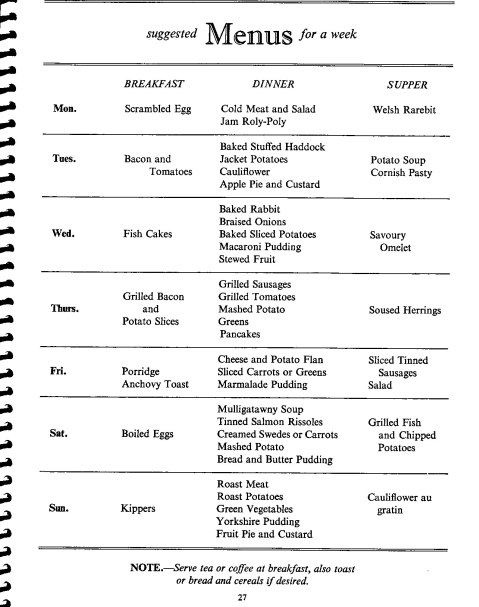
Sample menu for a week’s meals from a 1951 cookery book
‘Meat and two veg’ was the staple diet for most families in the 1950s and 1960s. The average family rarely if ever ate out. The closest most people came to eating out was in the pub. There you could get potato crisps (three flavours only – potato, plain or salted – until Golden Wonder launched ‘cheese and onion’ in 1962), a pickled egg to go on top, and perhaps a pasty or some cockles, winkles and whelks from the seafood man on a Friday, Saturday or Sunday evening.
Things started to change when the UK’s answer to the burger bars in America arrived in the 1950s to cater for that new group of consumers, the ‘teenagers’. The first Wimpy Bars opened in 1954 selling hamburgers and milkshakes and proved extremely popular.
The late 1950s and 1960s saw a rise in immigration from the former British colonies. And with them came at last…flavour!!
Although the first Chinese restaurant in London was opened in 1908, the real spread of Chinese restaurants began in the late 1950s and 1960s with the influx of migrants from Hong Kong. These proved very popular; indeed in 1958 Billy Butlin introduced chop suey and chips into his holiday camps!
The 1960s also saw a dramatic rise in the number and spread of Indian restaurants in Britain, especially in London and the South East. During rationing it had been very difficult if not near impossible, to obtain the spices required for Indian cooking but with the rise in immigration from the Indian subcontinent and the end of rationing, this was no longer a problem and the restaurants flourished.
So much so that in the late 1960s, the first Indian and Chinese ‘convenience foods’ became available: the famous Vesta curries and Vesta Chow Mein, the first taste for many Britons of ‘foreign food’.
Also about this time a new drink in town appeared – lager. This light cold beer was the perfect partner for the new spicy food.
The late 1960s saw a boom in the British economy and a dramatic rise in the standard of living. The first package holidays to Europe started in the late 60s and made overseas travel affordable to all. This too played its part in tempting the British palate with tasty new foods and ingredients.
By the late 60s and early 70s dinner parties had become very popular, featuring the new fashionable ‘foreign’ dishes like Spaghetti Bolognese, often accompanied by wine. Before the 1960s wine was only drunk by the upper classes, everyone else drank beer, stout, pale ale and port and lemon. Now Blue Nun, Chianti and Mateus Rose were the wines of choice. Many spaghetti novices spent their evenings chasing their food around the plate attempting to catch it in the fork and spoon provided, whilst trying to avoid splattering themselves with thick tomato sauce.
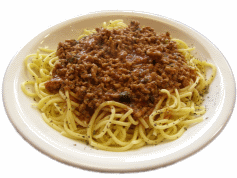
Pre-dinner drinks were often accompanied by cubes of tinned pineapple and cheddar cheese on sticks, stuck into a melon or grapefruit to look like a hedgehog – the height of 60s sophistication!
Also at this time, chains of restaurants such as the Berni Inns began to appear in every British town and city, serving the classic 1970s favourites of Melon or Prawn Cocktail, Mixed Grill or Steak, and Black Forest Gateau or Lemon Meringue Pie for dessert.
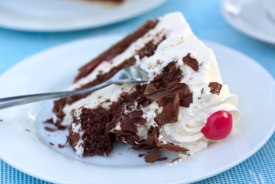
Even nightclubs began to offer food. The Tiffanys chain of nightclubs served that great 1970s snack of sausage, chicken or scampi ‘in a basket’ to late night revellers.
The decades between 1954 and 1974 saw a dramatic turning point in British eating habits. From a nation still dealing with rationing in 1954 and whose staple diet was plain home cooking, by 1975 not only were we eating out on a regular basis, we were becoming addicted to the new spicy foods available and the nation’s love affair with Chicken Tikka Masala had well and truly begun.
Published: 21st May 2015



